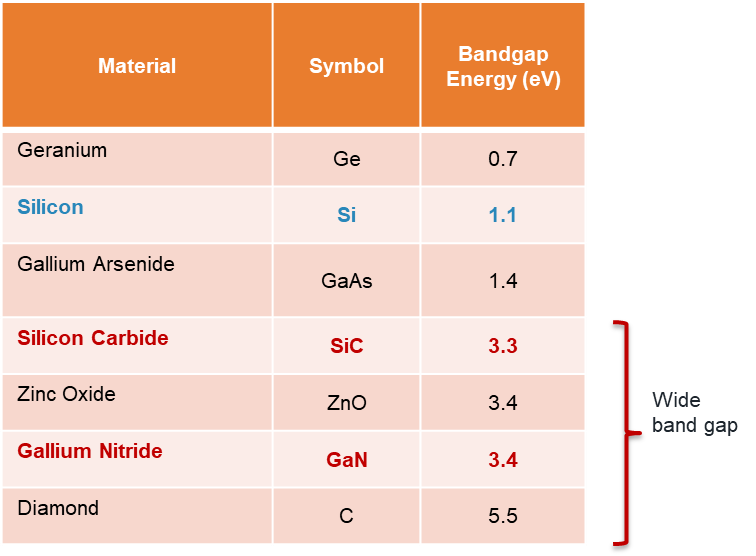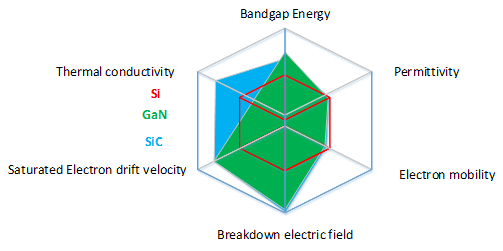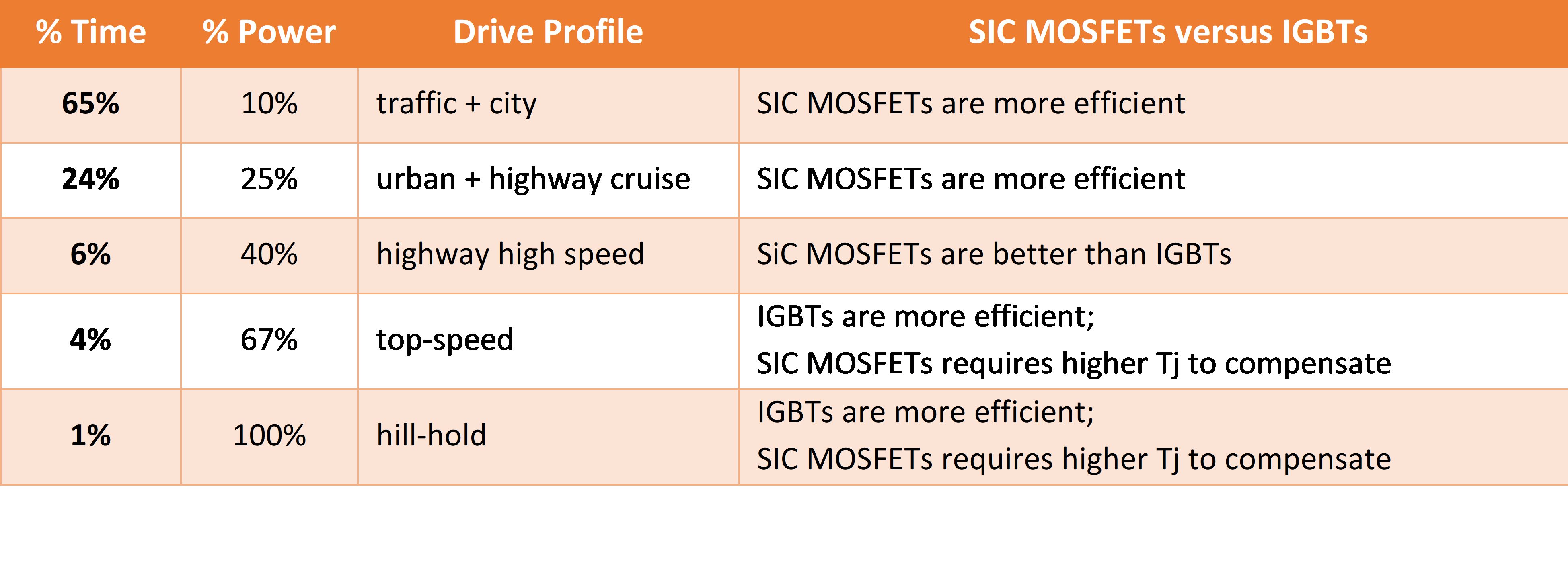“As automotive manufacturers, we will work towards reaching 100% zero-emission new car and van sales in leading markets by 2035 or earlier, supported by a business strategy that is in line with achieving this ambition, as we help build customer demand.”
Figure 1. The UK hosted the 26th UN Climate Change Conference of the Parties (COP26).
The COP26 declaration is the outcome of the recent UN Climate Change Conference UK 2021. onsemi recently pledged to net-zero emission by 2040. This is not just an empty slogan—we are implementing an aggressive strategy to reach this goal. Enabling new vehicle electrification technologies is one of the ways to achieve and sustain this commitment.
When we look at Electric Vehicles (EV), the main cost lies in the battery cell/pack. Lithium-ion battery prices for EVs have already dropped 40% in the last three years (almost 90% over the previous ten years). Lithium-ion battery price erosion will continue into 2025.
To further accelerate electrification, the efficiency in power conversion between utilities to batteries and batteries to motor becomes the key to sustainability. New semiconductor technologies are the way to go, and Silicon Carbide (SiC) is becoming the critical technology to achieve higher automotive efficiency.
SiC is among the so-called wide-bandgap (WBG) devices. A bandgap is an energy range in a solid where no electron states can exist in solid-state physics—a significant factor determining the electrical conductivity of solids. Substances with large bandgaps are generally insulators; those with smaller bandgaps are semiconductors, while conductors either have very small bandgaps or none because the valence and conduction bands overlap. These devices have a larger energy band compared to the standard silicon.
Table 1. Bandgap Energy Chart.
Today, most EVs use conventional Silicon device technologies such as IGBTs and Silicon MOSFETs. EV technology solution designers have already introduced WBG devices in on-board chargers and high voltage DC-DC applications and traction applications in limited quantities (with many programs soon in production). WBG is the future of power electronics. Together with the right package technologies, these new technologies enable high-efficiency, reliable, and cost-optimized solutions.
The proprieties of these materials lay in the structure. The main driving forces are requirements for higher operating temperature, energy loss reduction, more power density, higher switching frequency, and higher blocking voltage.
The advantages of Silicon Carbide compared to Silicon:
- 10x higher dielectric breakdown field strength
- 3x higher energy bandgap
- 3x higher thermal conductivity
SiC MOSFETs enable a better overall system-level cost, performance, and quality improvement at either inverter level or vehicle level compared to IGBTs. Below are the critical design advantages of SiC MOSFETs over IGBTs for traction inverter applications:
- Wide bandgap enables higher power density per unit area especially moving at higher voltages (like 1200 volt breakdown)
- Absence of knee voltage, leading to higher efficiency at low loads
- Unipolar behavior, enabling higher temperature rating and lower switching losses
The load profile of an electric vehicle translates into unique requirements for power switches. Looking at all the driving profiles from WLPT to NEDC, it is evident that a standard EV car runs at full power for approximately 5% of its whole lifetime. Based on the driving profile, an EV averages 30 to 40% of the entire load for the rest of the time, reinforcing the need for a SiC MOSFET compared to an IGBT. The absence of knee voltage on a SiC MOSFET has significant efficiency improvement over the IGBT, translating into possible battery pack savings at the vehicle level.
The B2 SiC (NVVR26A120M1WST) power module is part of the VE-TracTM family of power modules for Hybrid (HEV) and Electric Vehicle (EV) traction inverter applications—a module platform integrating all onsemi SiC MOSFET technologies in a half-bridge configuration. Die attach uses sintering technology to enhance efficiency, power density, and reliability. The module meets AQG 324 automotive standards for power modules. The B2 SiC module combines sintering technology for die attach and copper clips, transfer molding processes for robust packages. The SiC chipset utilizes the M1 SiC technology from onsemi, providing high current density, robust short circuit protection, high block voltage, and high operating temperature to deliver class-leading performance in EV traction applications.
Learn more about NVVR26A120M1WST and our Vehicle Electrification solution.
Additional Resources:




